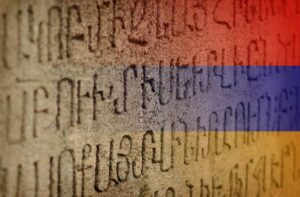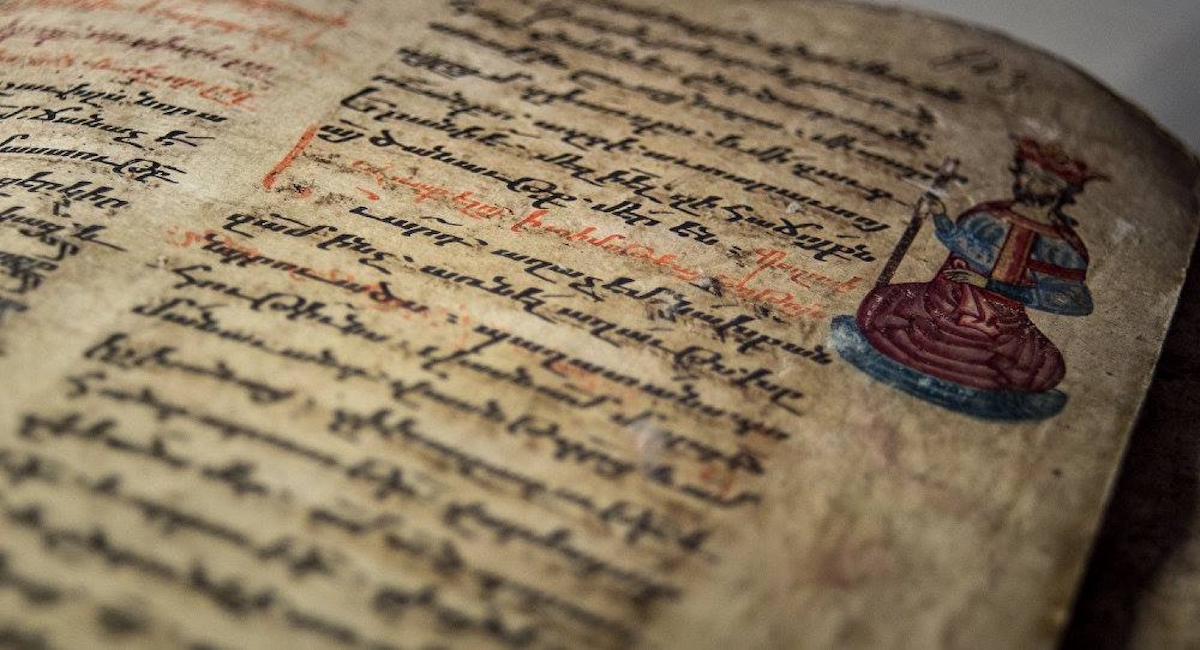The Armenian language can rightly be considered a unique language. This language belongs to the Eastern group of the Indo-European language family and has many similarities with the Slavic, Indo-Iranian and Baltic languages. The geographic location of the country explains the similarity of the Armenian language to several Western and Indo-European languages. The Armenian language did not disappear into the centuries and did not become a dead language like, for example, Latin and ancient Greek languages of that group. On the contrary, he and armenian to english translation app continues to develop, enrich his vocabulary and improve his grammar.
Currently, the Armenian language has a rich vocabulary. Armenia was part of the Persian kingdom for almost a century, which brought many Persian words to the Armenian language. The spread of Christianity enriched the Armenian language with numerous words from the Syrian and Greek languages. French words appeared during the reign of Caesar. And during the Ottoman Empire, some of the Turkish words entered the Armenian dictionary. Taking all this into account, in the Armenian language there are eleven thousand word roots (nine hundred of them come from the Indo-European language), seven cases, eight types of declension, five grammatical moods, three tones and three genders.
The linguistic family of the Armenian language is considered as one of the ancient written languages. The writing system in Armenia was established at the end of the 4th century AD. e., when the Armenian alphabet was invented. Then they began to translate foreign literature into Armenian. Therefore, we can read the monuments of ancient literature in Armenian, and the Armenian people keep them for other generations, since the originals of those works were lost long ago. The first translator into Armenian was the linguist Mesrop Mashtots, he was the first to translate the Bible into Armenian.
At the beginning of the 5th century, Armenian literature contained more than 40 works written in classical Armenian “Grabar” is the oldest form of written Armenian language, which had some similarities with such ancient Indo-European languages as Sanskrit, Greek and Latin, and also with Old German and Old Slavic languages. Lexically and grammatically, “Grabar” was an independent language, which was based on one of the ancient Armenian dialects.
The next epoch in the development of the Armenian language fell on the 10th century, when along with “Grabar” a new Middle Armenian language appeared, which was the literary Armenian language of the 11th-17th centuries. This language became the main language of secular works (poetry, books on medicine and agriculture). Gradually, the Middle Armenian language developed to the New Armenian language (from the 17th century), which is spoken by about 10 million people around the world.
Modern Armenian is divided into two standardized literary forms – Western Armenian (with the dialect of Constantinople) and Eastern Armenian (with the dialect of Ararat). Eastern Armenian is used as a standard language by Armenians living in Armenia, India and the former Soviet republics. The Western Armenian language is spoken by Armenians living in the USA, Italy, France, Lebanon and other countries.

